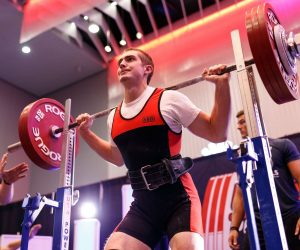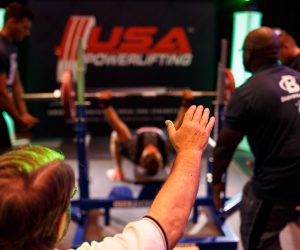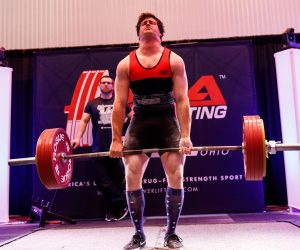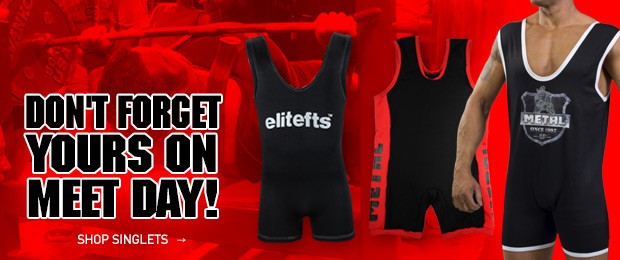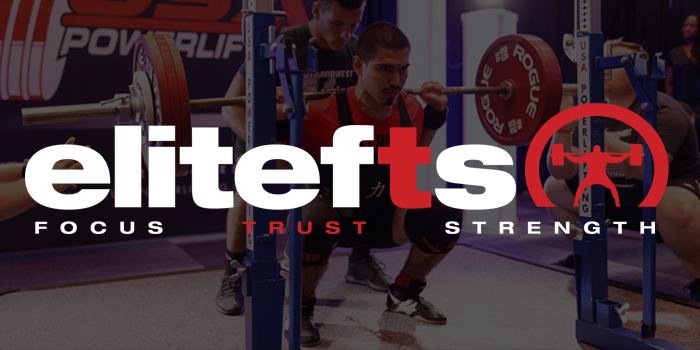
Originally published in September 2017
In theory, running a powerlifting meet is simple. You provide the equipment, the judges show up to judge, and the lifters show up to lift. In reality, running a powerlifting meet is anything but simple. And if you have a high standard of quality for the meet you want to produce, the process becomes even more challenging.
In this video, Maggie Kuhn, owner of CBUS Lifting Co. and experienced meet director, gives an inside look at what goes into putting on a quality powerlifting meet.
The first thing Maggie addresses is the current state of powerlifting. USAPL had over 15,000 powerlifters join their federation in 2017 (memberships are on a per-year basis and must be purchased to compete in the federation during that calendar year). This number is just for one federation. There is exponential growth in the sport of powerlifting, and with growth comes growing pains, which many federations are currently experiencing.
RECENT: Home for Powerlifters in the Heart of Columbus
This new growth in powerlifting has brought in the lifters who are going to be the future of the sport. They will determine where this sport goes, which means it is incredibly important to develop these lifters and teach them the proper way to go about meets. One of Maggie's goals with developing these new lifters as they enter the sport is to provide what she calls "preliminary" or "training" meets (known by others as local meets). These meets, hard-capped at 50, are designed to expose lifters to precisely the meet layout that they will experience at a state, regional, or national championship. Ensuring lifters are introduced to this competition design from their very beginning in the sport better prepares them for the highest levels of powerlifting in the long-term.
Maggie then discusses the things a meet director is responsible for, including sanction approval with the federation, securing a venue, promotion, and legal documentation. A common misconception is that a meet director has input on rules or regulations, which is not the case; those decisions are made by federation authorities.
She then goes into detail discussing her own purpose as a meet director and her ambitions to improve the sport of powerlifting in Ohio. It all began when she was at a state meet and was dismayed by the warm-up area and the competition space. As she continued to visit other meets, she discovered it was not abnormal for Ohio powerlifting meets to have inadequate equipment or space. Discovering this void is what led to her involvement.
For the remainder of the video, Maggie walks through the things she believes are most important for meet directors and for providing powerlifters who enter the sport. She gives tips for things such as securing a venue, promoting the meet, registering lifters, refunds, meet equipment, weigh-ins, spotting, and judging.
By the minute:
- (0:20) The biggest challenge powerlifting federations are currently facing
- (2:30) Developing the lifters who are the future of powerlifting
- (5:55) The meet director's role
- (8:37) Maggie's purpose as a meet director and the role of volunteers
- (9:40) How Maggie became interested in directing meets
- (11:41) Maggie's first meet
- (13:32) The price lifters pay for competing
- (14:25) Meet promotion
- (16:46) Lifter registration
- (18:34) Lifter refunds
- (22:10) Equipment at the meet
- (26:40) Weigh-ins
- (28:40) Spotters and loaders; Eric and Mike
- (31:30) USAPL Midwest Regional









